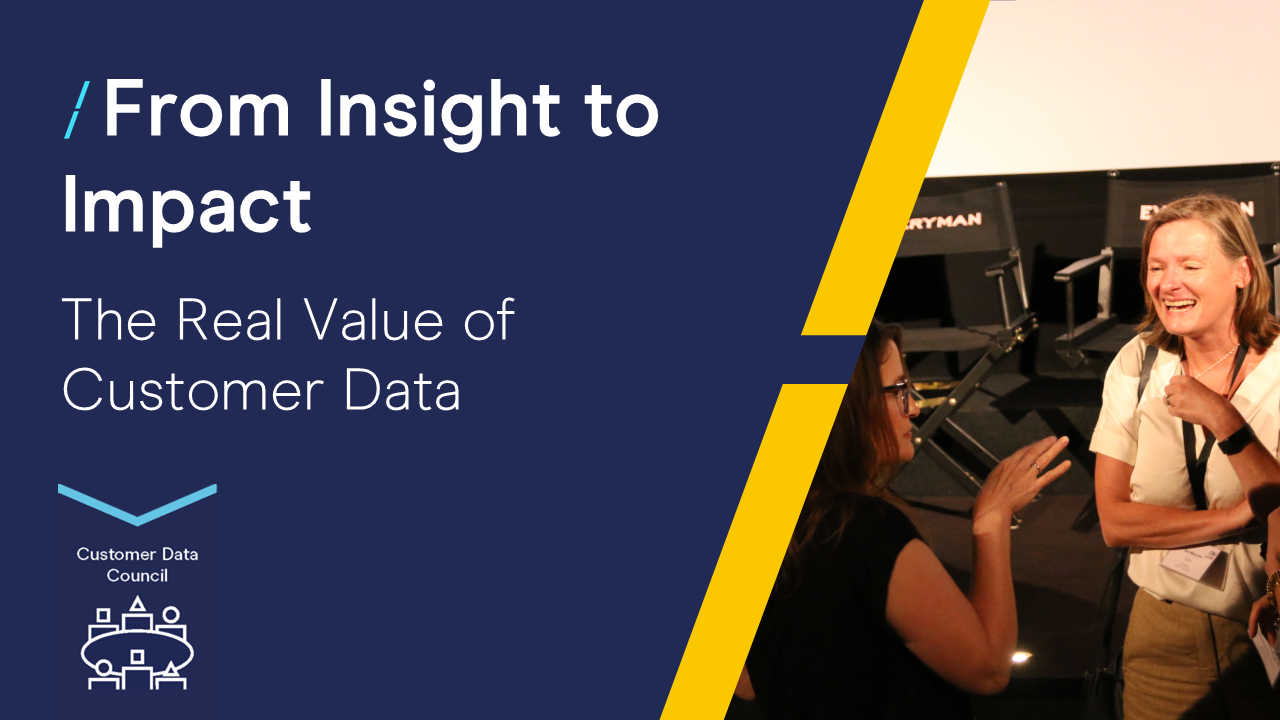The Value Exchange Series Part 2: Different types of value
03 Mar 2021

In part 1 of our 2021 Value Exchange series: Actualising the Value Exchange we explored the complexity of the value exchange and started to unpick how value can be capitalised upon at scale. After all, it’s all well and good to be able to provide a brilliant experience to one customer (preferably one with a very high LTV), but what about the 276,876 other high spending customers, and indeed the 3,456,239 lower value ones?
This is where the creation of value cohorts comes in. But that’s racing ahead. First we need to define value and understand it in its different forms.
And herein lies a problem. Value, like beauty, is in the eye of the beholder. Different disciplines have very different views of value. In accounting terms, value is the monetary worth of an asset, business entity, goods sold, services rendered, or liability or obligation acquired. In economic terms, value is the sum of all the benefits and rights arising from ownership. In contrast investors look at value in terms of market value, investment value, book value etc. and psychologists focus on values as a set of principles and beliefs that govern a person’s psyche – of which there are around 80.
And given that consumers are not a homogenous group marketers take all of these factors into account to create 4 types of value:
1. Functional value: This type of value relates to what a product or service actually does. It’s the thirst quenchingness of a soft drink, the processing power of the latest phone handset or the successful outcome of a haircut. Providing functional value is of course a must, but it can easily be copied and rarely provides differentiation. One jumper tends to be as warm as another jumper made from the same type of wool.
2. Monetary value; or in other words bang for your buck: This type of value is the price paid relative to the perceived worth of the product and service to each customer. Dyson is the undisputed master of leveraging monetary value and achieving much higher prices than market norm. Its hair straighteners launched last year were double the price of the nearest competitor and people still flocked to them in their droves.
3. Social Value: Social value is becoming increasingly important – particularly in the current climate. This is the extent to which owning a product or engaging in a service enables the customer to connect with others. At the infancy of social media back in the early 2000s Nikon famously created a forum where enthusiastic photographers could meet online and exchange tips and showcase their work. Clearly, fast forward 20 years and this is now the rule rather than the exception. But the fact remains that many brands have customers that like to share. This can be curated by the organisation, but are often organic, created by brand fans (and sometimes brand detractors) and understanding the rules of engagement in these unofficial groups is a must or you risk destroying social value completely.
4. Psychological value: The final type of value enables consumers to use the product or service to express themselves. For marketing this is often the type of value that can be built upon to encourage specific behaviours. For instance creating a mission or occasion that gives purpose to the purchase. This is something we worked on recently for a client and you can read just how successful the results were here.
So there you have it.
Next month we’ll look into how we can leverage these four types of value in the creation of cohorts and apply the peak-end rule to turn experience into memory. In the meantime, we look forward to your definitions in the comments below!


1.png)


Please login to comment.
Comments